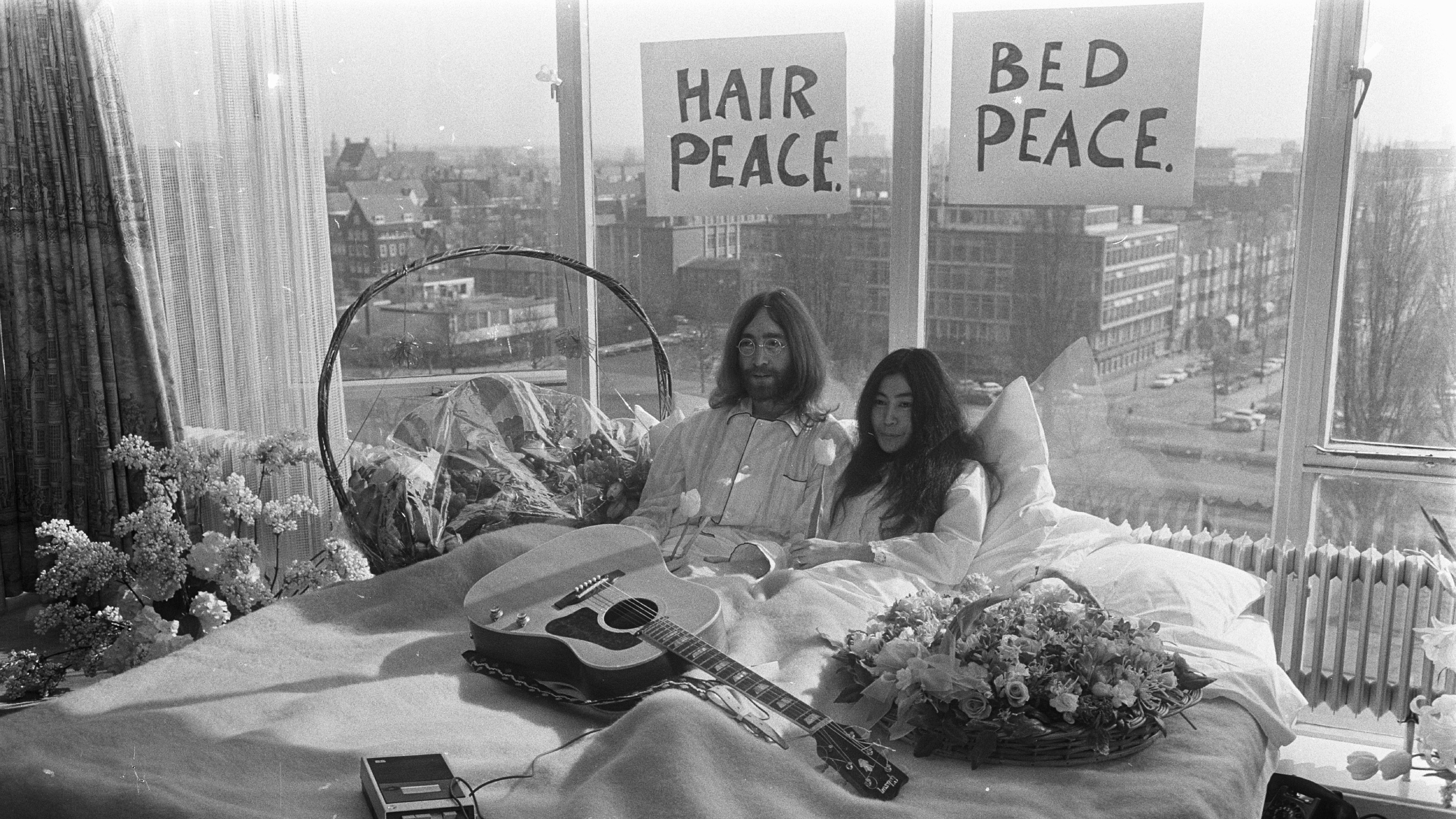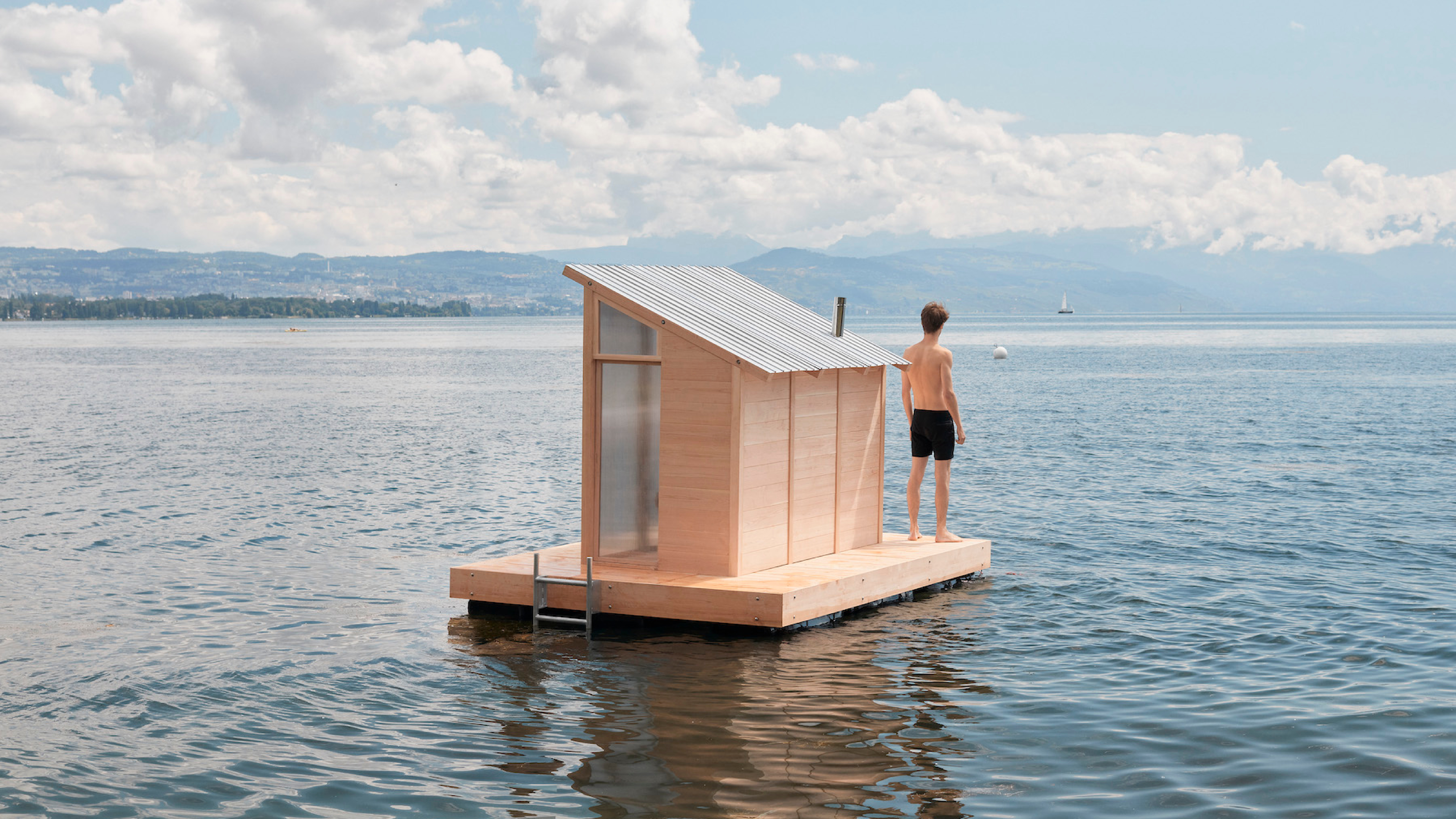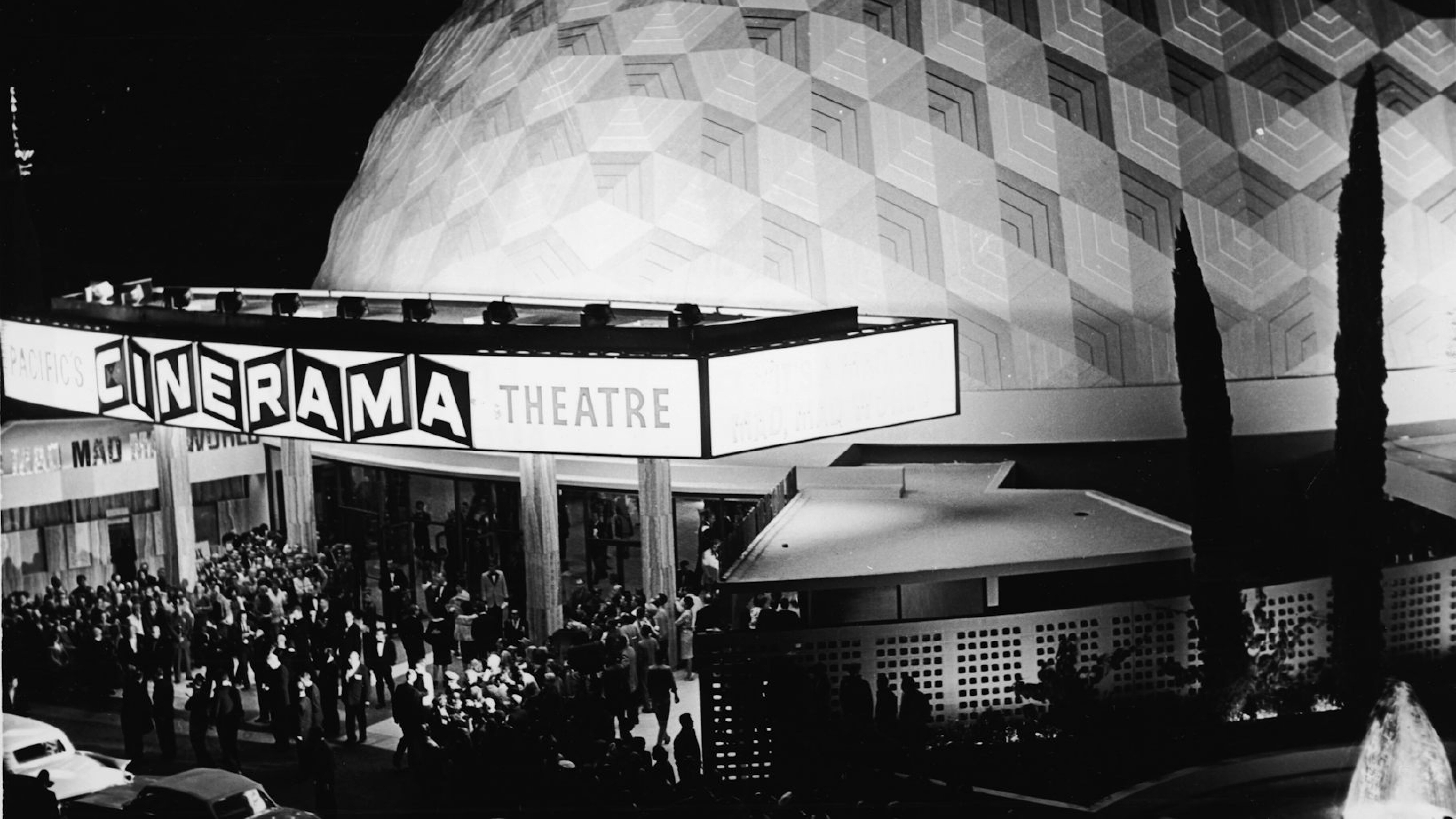Spaces is an exercise in curiosity about communal living and domestic activity. Each week we’ll select a Nation amenity and explore some of our other favourites from around the world, often drawn from fiction and throughout time.
For this edition we're getting all cosied up in everyone's favourite personal space: the bedroom.
Bedrooms are far more than places to sleep—they are intimate sanctuaries where we retreat, dream, and reflect. Throughout history, the bedroom has evolved from a shared communal space to a private realm, mirroring societal changes in how we value individuality and privacy. In medieval times, bedrooms often doubled as communal living spaces, with families or even entire households sleeping together for warmth and security. By the Renaissance, wealthier households began separating sleeping quarters, transforming the bedroom into a space of luxury and personal identity.
Beyond their historical functions, bedrooms hold a deep emotional resonance. They are where we experience our most vulnerable and transformative moments, from the quiet solitude of reading and writing to the shared intimacy of love and connection. Bedrooms often serve as canvases for personal expression, reflecting the tastes, values, and even aspirations of their occupants.
Culturally, bedrooms have also become powerful symbols in storytelling, art, and activism. From the grand opulence of royal bedchambers to the dreamlike sanctuaries of fiction, these spaces often take on meanings far beyond their walls. Whether it’s a stage for rebellion, a setting for creation, or a portal to adventure, bedrooms are the ultimate backdrop for the human experience, reminding us that even in our most private moments, we remain connected to the broader tapestry of history and imagination..

John and Yoko’s Bed-In for Peace
John Lennon and Yoko Ono’s “Bed-In for Peace” transformed the private intimacy of a bedroom into a global stage for activism. Taking place in Amsterdam’s Hilton Hotel (March 1969) and Montreal’s Queen Elizabeth Hotel (May 1969), these events were part of the couple’s honeymoon and their commitment to spreading a message of peace during the Vietnam War.
The rooms themselves, while modest by today’s luxury standards, became iconic through photographs and recordings of John and Yoko sitting in bed, surrounded by posters that read “Hair Peace” and “Bed Peace.” What made these spaces remarkable was the couple’s ability to turn them into symbolic arenas for a powerful cultural moment. They gave interviews, performed songs like “Give Peace a Chance,” and reframed the act of staying in bed as a form of nonviolent protest. These bedrooms remain legendary as places where art, celebrity, and activism converged to inspire millions.

Treehotel’s Mirrorcube
In recent years, travellers have increasingly sought out unique and immersive bedroom experiences, eager to escape the ordinary and connect with nature in extraordinary ways. For some, the appeal lies in staying in spaces that defy traditional architecture—treehouses, yurts, and even caves offer an adventurous alternative to conventional hotels. The desire for novelty and a deeper connection with the environment has led to the creation of some truly remarkable sleeping spaces. The Kakslauttanen Arctic Resort in Finland, with its glass igloos offering panoramic views of the Northern Lights, and the Gibbon Experience in Laos, where travelers sleep in luxury treehouses perched high above the forest floor, are just a few examples of destinations that push the boundaries of traditional accommodation.
Among the most innovative of these spaces is the Mirrorcube, part of Sweden’s Treehotel, located in the small village of Harads. Suspended 4-6 meters in the air, this minimalist, reflective glass cube blends seamlessly into the surrounding forest, making it appear nearly invisible from a distance. Designed by architects Tham & Videgård, the Mirrorcube’s striking exterior is mirrored to reflect the trees and sky, creating an almost magical illusion of floating in nature. Inside, the room is surprisingly cozy, with a warm wood interior featuring birch plywood walls and large windows that frame the treetop views.
The design is simple yet functional, offering a serene retreat from the world below. Staying in the Mirrorcube is an unforgettable experience, where the natural world feels at once intimate and distant, offering guests an opportunity to reconnect with nature while enjoying modern comforts. This treehouse-style room encapsulates the growing trend of travellers looking for an escape from the mundane, offering a perfect blend of adventure and luxury in the heart of Sweden’s pristine wilderness.

Wendy Darling’s Nursery
In J.M. Barrie’s Peter Pan, the Darling family nursery is more than just a room—it’s the gateway to Neverland. In adaptations from stage to screen, the nursery is depicted as a warm, whimsical space filled with childhood treasures: a rocking horse, teddy bears, and windows large enough to welcome Peter Pan himself.
The room’s design reflects a blend of Edwardian charm and imaginative wonder, serving as a sanctuary where the innocence of childhood reigns supreme. The open window becomes a powerful symbol of freedom and adventure, beckoning Wendy, John, and Michael to leave behind the safety of their world for the magic and perils of Neverland. It’s a room that resonates universally as a reminder of the fleeting nature of childhood and the enduring allure of imagination.

Emily Dickinson’s Bedroom
Throughout history, the bedroom has been a crucible for artistic creation, offering solitude and introspection that fuels imagination. For artists, writers, and musicians, these private spaces often become sanctuaries where the external world recedes, allowing creativity to flourish. Virginia Woolf famously emphasized the importance of “a room of one’s own” for women writers. Marcel Proust wrote much of In Search of Lost Time in his cork-lined bedroom, designed to block out distractions. Even Ludwig van Beethoven retreated to his room to sketch out his compositions, often pacing or lying in bed as inspiration struck.
Emily Dickinson’s bedroom in Amherst, Massachusetts, stands among the most iconic of these creative spaces. In this modest room, Dickinson wrote nearly 1,800 poems, many of which explore themes of death, immortality, and the natural world. The room’s furnishings were simple—a small writing table by a window overlooking her beloved garden, a bed, and a few personal belongings. It was here, in near-complete solitude, that she crafted some of the most profound and enduring poetry in the English language.
Her bedroom was both her sanctuary and her creative engine. The window offered views of the changing seasons, inspiring her vivid imagery, while the quiet allowed her to immerse herself in the introspective and imaginative work that defined her life. Today, this room is preserved as part of the Emily Dickinson Museum, serving as a powerful reminder of the intimate connection between an artist’s environment and their creative output. Dickinson’s bedroom encapsulates the way personal spaces can nurture extraordinary genius, making it a pilgrimage site for those seeking to understand the interplay between solitude, creativity, and the written word..

THE 2001 RoOM
The room at the end of Stanley Kubrick’s 2001: A Space Odyssey remains one of the most enigmatic and thought-provoking scenes in cinematic history. Located within the mysterious monolith’s influence, the room is a stark departure from the sleek, futuristic environments of the rest of the film. Its design—a Neo-Classical bedroom complete with elegant furnishings, a large bed, and ornate décor—appears out of place in the otherwise sterile, high-tech world of space exploration. The room’s highly stylized appearance has prompted numerous interpretations and theories regarding its purpose.
One popular theory suggests that the room is intentionally designed to resemble a luxurious hotel suite, creating an illusion of comfort and normalcy for astronaut Dave Bowman as he enters this strange and unknowable space. Yet, this seemingly tranquil setting may not be what it appears. Some argue that the room is actually an observation chamber placed by extraterrestrial beings, possibly the monolith’s creators, to study Bowman’s psychological and emotional state as he approaches his transformation into the Star Child. In this interpretation, the room becomes a kind of psychological trap—an environment crafted to both comfort and isolate Bowman as he undergoes a profound metaphysical experience.
Another theory suggests that the room is a manifestation of Bowman’s mind as he experiences his own transcendence. The opulence and serenity could reflect his desire for peace and resolution after the disorienting journey through space and time. Whatever the true meaning, the room’s design and its ambiguous purpose leave a lasting impression. It remains a powerful visual metaphor for the mysteries of existence, evolution, and the unknown, perfectly in line with Kubrick’s ability to intertwine visual storytelling with deep philosophical inquiry..




